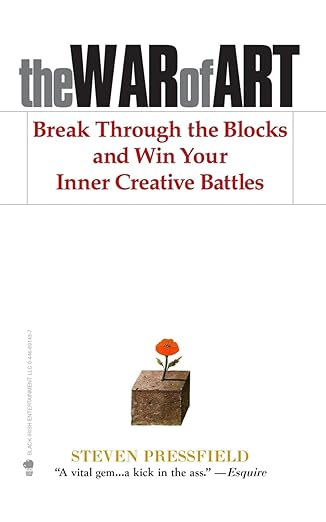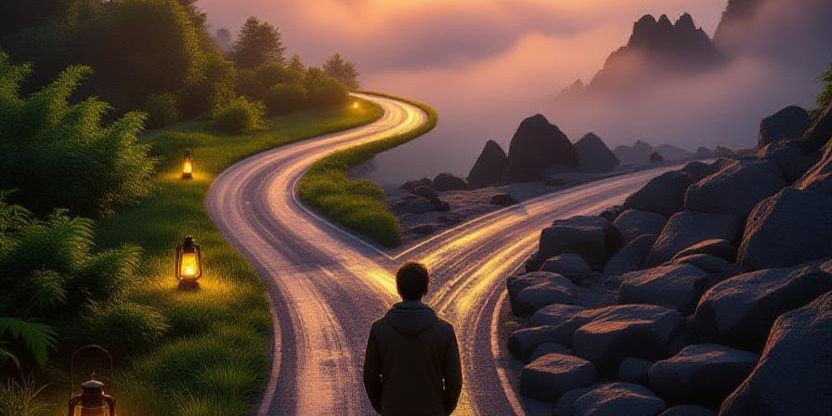The Importance of Live Events in a World That’s Forgotten What Real Feels Like
- Alex Khachaturian

- Sep 27
- 6 min read

Promise: In a flood of AI and on-demand everything, live events are your unfair advantage for leadership, creativity, and real human connection, here’s exactly how to use them.
Subscribe: Get weekly playbooks on leadership, tools, and field-tested tactics → AutomatedAcademy.com
TL;DR
Real rooms beat perfect feeds: presence compounds trust, courage, and creativity.
Run a simple “Live Every 30” cadence: one event every 30 days with post-event follow-ups.
Treat events like projects: plan, invite, show up, debrief, compound.
Quick Links
Key Takeaways
Presence transfers courage; screens transfer information. Don’t confuse the two.
The “Live Every 30” rhythm beats binge-and-burnout.
Debriefs are where value compounds, capture names, notes, and next steps within 24 hours.
For leaders: rooms build trust faster than roadmaps.
Real is risky by design; the courage tax is the point.
Why Real Still Wins
We’re in an era of frictionless everything, instant images, instant answers, instant dopamine. Somewhere in that smoothness, we lost an essential rough edge: the spark that only shows up when people do.
AI can write, paint, and compose. It cannot sweat. It doesn’t feel the hush before a mic turns on, the quiver in a poet’s first line, or the collective inhale when a dancer commits beyond comfort. Live moments wobble. They risk. They recover. That’s why they change us.
Born Near Hollywood: Forever Hooked on The Importance of Live Events
I grew up next to the Sunset Strip, where neon hums like a second heartbeat. I’ve lost count of the shows, The Roxy, House of Blues before it vanished, Coachella's grassy dust storms, EDM nights where the kick drum rattled your sternum. After a while, I stopped caring who was on the bill. I went for the minute, that unmistakable click when a room full of strangers locks eyes and remembers we’re here, together, right now.
It’s never just the setlist. It’s the transfer: energy, courage, belonging. It’s the pre-show murmur, the shared laugh when the singer misses a note and grins, the bartender sliding waters to a couple who danced too hard, the way a perfect snare hit freezes time. It’s risk, because live means it could fall apart, and the relief when everyone chooses to hold it together anyway.
The importance of live events isn’t the polish; it’s the presence. In an age of synthetic perfection, that presence has become rare enough to be priceless.
I still chase that moment. Not for nostalgia, because it recalibrates me. Every show reminds me what leadership, creativity, and community actually feel like: a little risky, slightly imperfect, and absolutely human.
Quick Win: Book One This Week
Pick one in the next seven days:
A small concert or open mic
A local talk, meetup, or gallery opening
A community game, recital, or workshop
Send this text right now to two people:
“I’m booking [event] on [date]. It’ll be fun and short. You in?”
Lock it in. Put it on the calendar. Real beats perfect.
The Importance of Live Events (Leaders’ Lens)
Put simply: information moves fastest online; trust moves fastest in person.
If you lead people, teams, clients, communities, live rooms are force multipliers for:
Belonging: Shared moments create “us” faster than any memo.
Courage: Being seen (and seeing others) normalizes healthy risk-taking.
Signal-to-Noise: Fewer tabs, more attention. Decisions clarify.
Serendipity: The best opportunities arrive unscheduled, hallway chats, post-event walks, one unexpected introduction.
Memory: Emotional peaks encode better than any slide deck.
As the digital gets louder, the importance of live events keeps rising. The more you automate, the more intentional you must be about staying human.
Step-By-Step Playbook: Make Live Events Your Unfair Advantage
1) Design Your “Live Every 30” Cadence
Commit to one live event every 30 days. Rotate three buckets:
Art/Performance: concerts, theater, dance, open mic
Learning/Community: meetups, lectures, workshops
Relationships: dinners, roundtables, coffee-walks with intent
Outcome: A sustainable rhythm that compounds energy and connections.
2) Curate Your People (Small is Strong)
Make a “Power of 12” list: 4 peers, 4 mentors, 4 wild cards. Rotate 2–3 invites per event.
Outcome: Diverse rooms; zero echo chamber.
3) Craft the Invite (Frictionless Yes)
When/Where: precise and short.
Why: one line (“I want to hear your take on X”).
Expectation: 60–90 minutes, casual.
Close: “Totally fine if not, next one’s in a month.”
Outcome: Clear, respectful, easy acceptance.
4) Show Up Like a Pro
Arrive 10 minutes early; scan the room.
Ask names twice; say them back.
Aim for quality over coverage (3 meaningful convos > 20 shallow ones).
Keep your phone away; your attention is the flex.
Outcome: Presence felt. You become “the person who actually listens.”
5) Seed Serendipity
Bring two genuine compliments and one useful resource (article, contact, book rec). Share freely, no strings.
Outcome: Reciprocity without the cringe.
6) Debrief Within 24 Hours
Jot 3 bullets: who I met, what we discussed, next step. Send two follow-ups:
“Great to meet, here’s that link.”
“Want to grab 20 minutes to swap ideas on X next week?”
Outcome: Momentum beats nostalgia. Relationships compound.
7) Institutionalize It (Leaders)
Add a monthly “micro-event” to your team rhythm (show-and-tell, live demo, customer story hour).
Rotate hosts; publish a simple recap.
Outcome: Culture you can feel, not just read about.
Troubleshooting (Symptom → Cause → Fix)
“No one says yes.” → Invite is vague or heavy lift. → Shorten the ask; offer two times; make it 60–90 minutes max.
“It’s too expensive.” → Only considering headliners. → Choose open mics, free galleries, community talks, or host a $0 coffee salon.
“I’m an introvert.” → Over-scoped social energy. → Bring one ally, aim for two great convos, leave on time.
“It feels pointless.” → No debrief, no follow-ups. → Capture 3 bullets; send 2 messages within 24 hours.
“We tried once; it fizzled.” → Inconsistent cadence. → Lock “Live Every 30” on the calendar; treat it like a meeting.
FAQ
Q1: How do I justify time away from work?
Tie each event to a business outcome: intros made, insights captured, talent met, or customer context gained. Summarize in a 5-bullet email.
Q2: What if my network is small?
Start with community events and bring one person you admire online, DM with a clear, light invite.
Q3: How do I avoid awkward small talk?
Use prompts: “What’s something you’re building this quarter?” “What did you change your mind about this year?”
Q4: Virtual vs. in-person?
Virtual scales information; in-person accelerates trust. Use both deliberately.
Q5: How often is enough?
Monthly is sustainable. Quarterly is better than never. Weekly is for seasons, not forever.
Q6: What should leaders host first?
Customer story hour (15-minute live share + 15 Q&A + 15 mingle). Low lift, high insight.
Q7: How do I remember names?
Say it back, connect it to a visual, write it down during your 24-hour debrief.
Field Checklist
Before
Calendar hold + two backup dates
Venue, start/stop, budget
2–3 invites sent with clear purpose
One question to anchor conversation
During
Arrive early; scan the room
Phone away; name tags if appropriate
Two genuine compliments; one useful resource
Two photos (for memory + recap, not for vanity)
After (within 24 hours)
3-bullet debrief
Two follow-ups sent
Next “Live Every 30” scheduled
Results & ROI
Track four simple signals:
Connections: # of new intros + # of meaningful follow-ups
Opportunities: pilots, partnerships, interviews, clients sparked
Learning: 3 insights or ideas captured per event
Energy: a 1–10 score, did this fill or drain you?
Rule of thumb: If connections + opportunities grow across a quarter and your energy net-positive ≥70% of the time, keep the cadence. If not, switch the event type, size, or people.
Recommended Books
The Power of Moments
Written by: Chip Heath and Dan Heath
Best for: Designing unforgettable events, onboarding, and service touchpoints.
What you’ll get: EPIC framework, Elevation, Pride, Insight, Connection, plus sticky case studies.
The Creative Act: A Way of Being
Written by: Rick Rubin
Best for: Reframing creativity as presence; perfect primer for why rooms beat screens.
What you’ll get: Short, potent meditations that make you show up differently.
The War of Art
Written by: Steven Pressfield
Best for: Creators, builders, and leaders who procrastinate on high-leverage work.
What you’ll get: A punchy manifesto on turning pro, daily discipline, and battling Resistance.
Next Read
Wrap-Up (One Action)
Book one live event in the next 7 days and invite two people. Don’t optimize it. Just get in the room.
Real is risky, and that’s the point!











Comments